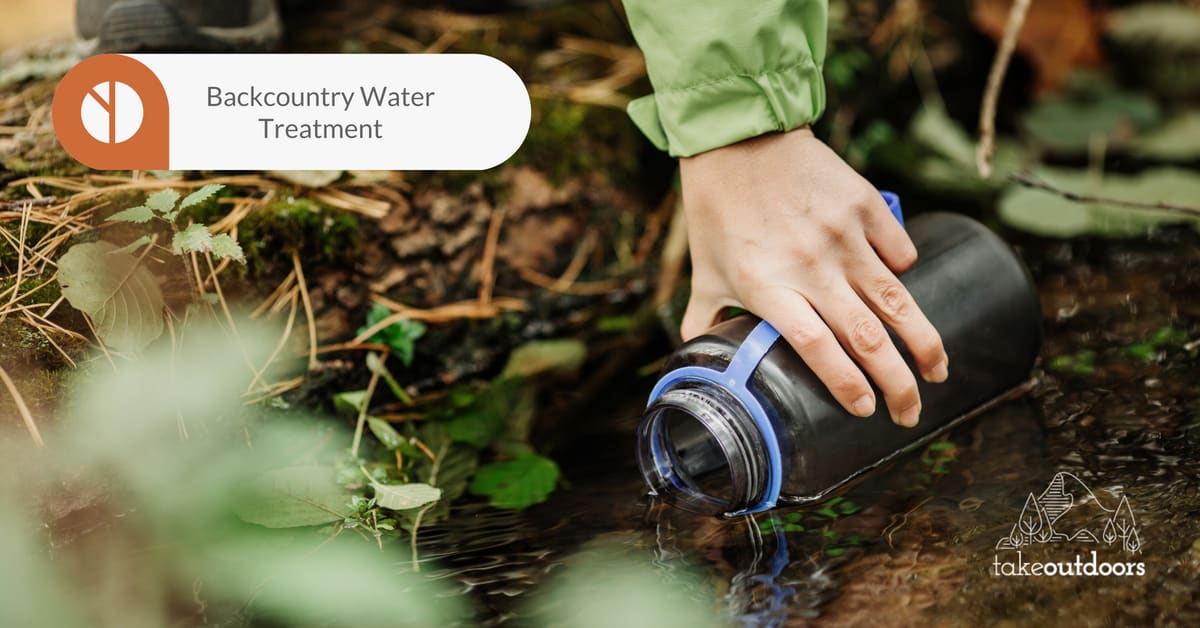We use affiliate links and may receive a small commission on purchases.
Read more about us.
If you’ve ever gone on an overnight backpacking trip, you know how important it is to make your own clean, safe drinking water from a pond, lake or stream nearby your campsite. Microscopic organisms like protozoa, bacteria, and viruses can lurk inside even the most pristine alpine creeks, and a crucial element of any outdoors-person’s kit is a good water treatment system.
Why Should You Treat Your Water?
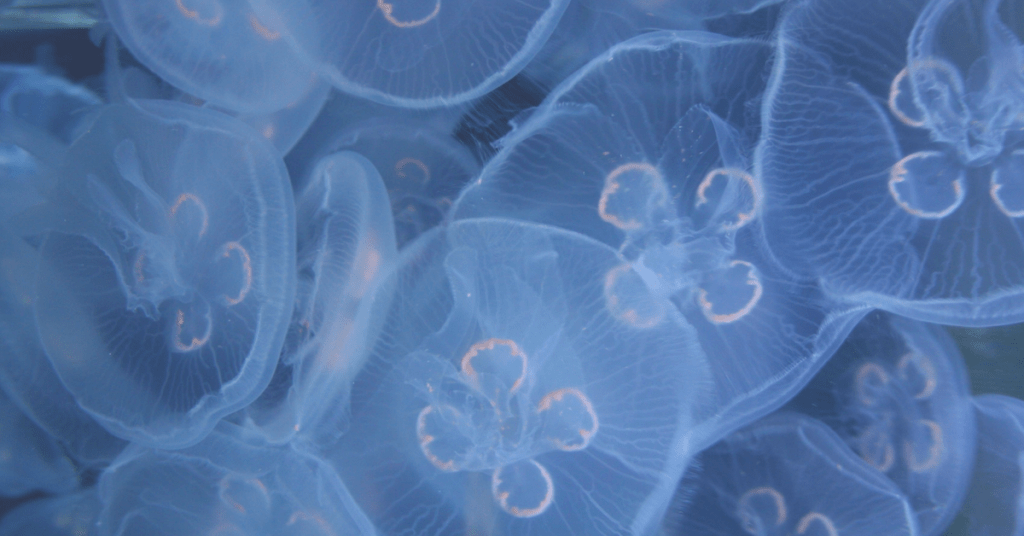
Protozoa
Giardia lamblia and Cryptosporidium parvum are two tiny creatures with hard, outer shells that often live in lakes and streams in many National Parks and public recreation areas across the United States. If infected, symptoms include: watery diarrhea, fatigue, gas, and cramps. Due to their relatively large size, filters can easily remove protozoa from drinking water.
Bacteria
Salmonella and Escherichia coli (E. coli), among others frequently lurk in outdoor water supplies. If one becomes ill, symptoms include: diarrhea, nausea, cramps, fever, chills, vomiting, and abdominal pain. These organisms are mid-sized and can be removed with a water filtration system.
Viruses
Rotavirus, Hepatitis A, and norovirus are the main three to worry about. Many symptoms of these viruses are severe and often incurable, leading to fever, abdominal pain, nausea, and vomiting. Due to their tiny size, they are nearly impossible to simply filter out of water, and they must be neutralized or killed off for the water to be “purified.”
What Backcountry Water Filter Should You Choose?
The good news is that the thrilling sensation of sitting and filtering water for what feels like an eternity can easily be shortened or eliminated altogether, depending on what your needs are. Here’s a comprehensive look at the current options on the market, with pros and cons for each!
The Squeeze Bag
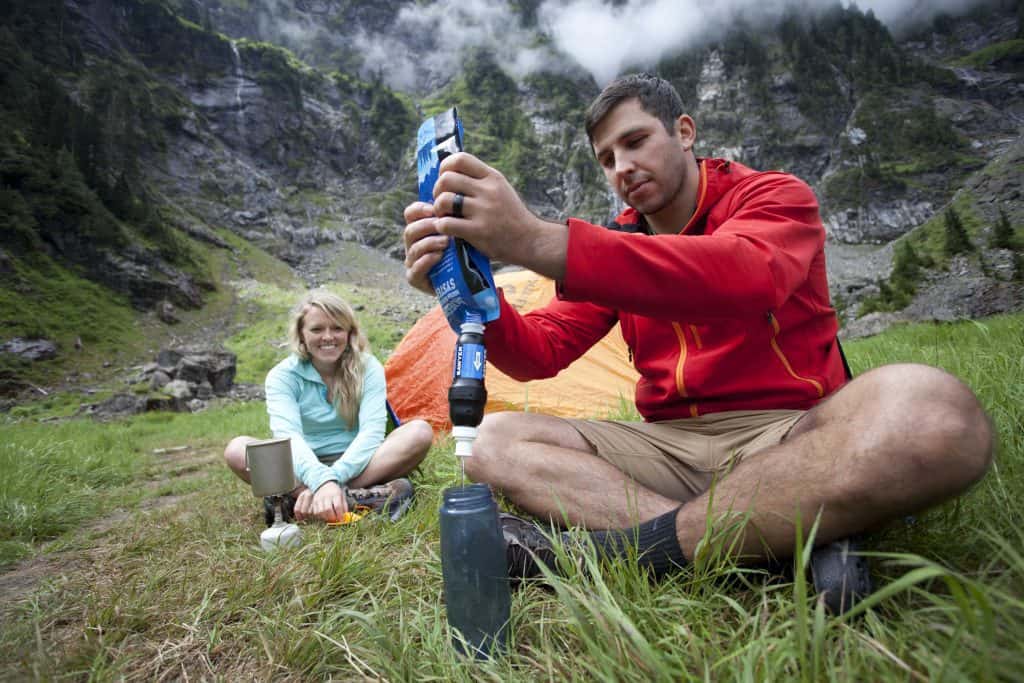
- Lightest weight of the water filters
- Affordable
- Time-consuming
- Bags can spring leaks with constant use
“Squeeze bag” filters like the Sawyer Squeeze Filter are a favorite for trail runners and ultralight backpackers looking to keep their pack weight and size down. By far the most compact and lightest of the filters listed here, the squeeze system takes a little more time and effort than other products.
It works by filling small, plastic bags at a nearby water source and twisting the filter onto the opening of the bag. From here, you firmly squeeze the water through the filter and into your water bottle or bladder.
If you’re pumping water in a freezing-cold stream or lake, it can be easy for your hands to go numb or tingly, slowing the process even more. If keeping weight down is your top priority, this is the filter for you!
The Gravity Filter
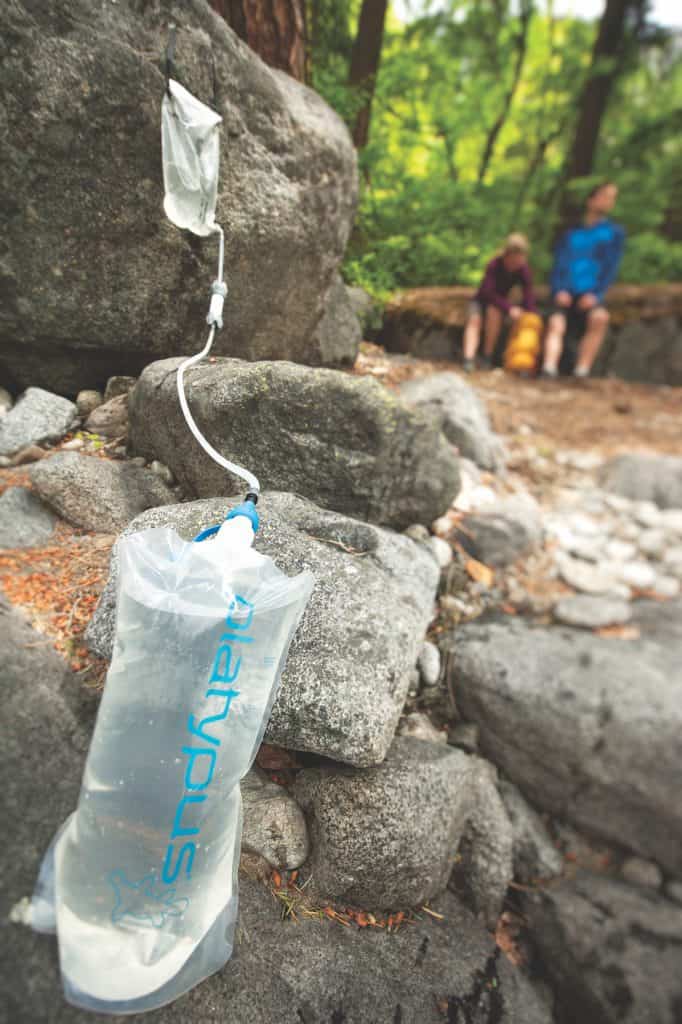
Photo by Jim Meyers
- Easy to use
- Filters a high volume of water quickly
- Must have a protruding rock or branch to set up
- Filters can clog easily
- Larger and heavier than some systems
The gravity filter system is an awesome choice for families, larger groups, and people who know they’ll be hiking near lots of trees. One such popular example is the Platypus GravityWorks.
To set it up, you fill a large (usually 6L) bag in a stream or a lake, find a high-enough nub on a boulder or a low-hanging branch, and hang the bag securely from the rung. To pass the filtered water into a water bladder or bottle, you open a valve leading to a hose underneath the large dromedary and allow it to slowly flow into your water vessel.
As long as you take good care of your filter, this system is excellent for larger groups or people doing a lot of backcountry cooking, because it allows hikers to pump larger volumes of water more quickly while on the go or setting up camp.
The Pump Filter
- Easy to use
- Rarely breaks
- Compact size
- Time-consuming
- Need at least 2 inches of standing water to use it
Many people have their first water filtration experience with a pump filter. They are relatively compact, easy to use, and rarely clog if you rinse/backwash them frequently. Weighing in at around 11oz., they are quite a bit bulkier than a squeeze filter but make up for this inefficiency with ease of use.
Pump filters work by dropping one side of a long tube into a lake, river, or stream with at least 2 inches of standing water. From here, you use a handle and filter on the other end of the tube to manually pump water into your pot, water bottle, or bladder until it’s full. Due to their slightly larger size, I’ve noticed that these filters tend to break-down and clog far less frequently than many others on this list, making them a great option for thru-hikers who don’t mind a small amount of extra weight.
They are also a great choice for weekend warriors camping near lakes who have the arm strength to pump rather than squeeze their water!
Katadyn, a Swiss company that produces quite a wide range of pump filters.
Ultraviolet (UV) Light Purifiers
- Lightweight
- Compact
- Fast
- Kills Viruses
- Does not work well in murky water
- Expensive
- Battery-dependent
If you’re traveling internationally and you’re worried about viral infections like Hepatitis A and Rotavirus, a UV purifier might be your best bet, because the filters listed above do not protect against these tiny, microscopic organisms. UV water purifiers like the SteriPen work by turning on a bright, UV wand and placing it into a water vessel, stirring it occasionally for a period of 48-90 seconds, depending on the model.
That’s it!
It’s a fast and easy way to eliminate 99.9% of all viruses, protozoa, and bacteria from your water source. Due to their battery dependence, UV purifiers are not recommended for thru-hikers or long-distance trekkers. They also don’t work well below freezing.
It’s a great solution for urban adventurers traveling in developing countries like India or backpackers out for short weekend trips.
Water Purification/Iodine Tablets
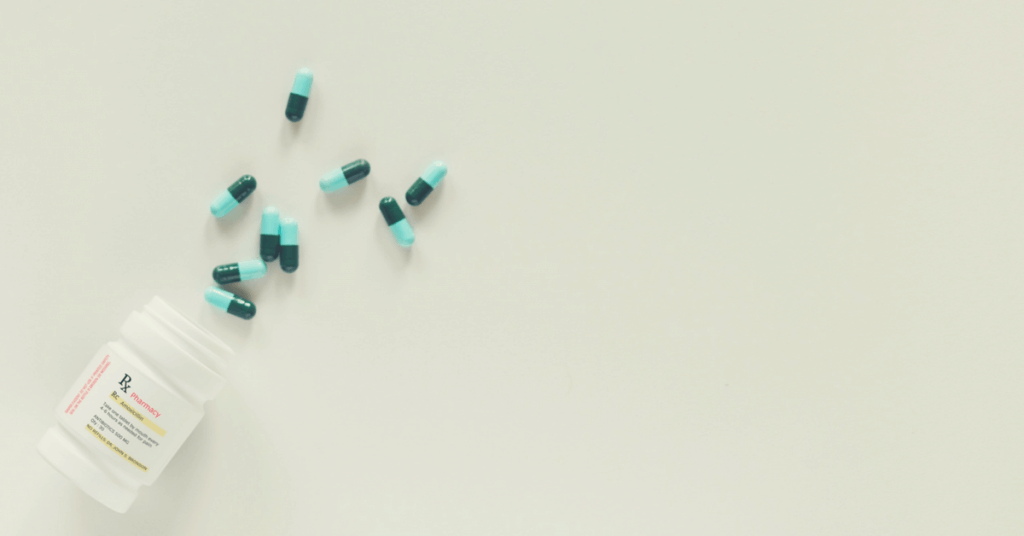
- Lightweight
- Affordable
- Compact size
- Water tastes funny
- Time-consuming to use
Water purification tablets are frequently taken into the backcountry as a back-up in case your main filter gets clogged or stops working in the middle of a trek.
It’s easy to see why!
Due to their tiny size and incredibly light weight, it’s easy to throw a few of them into your first aid kit or hip pocket before setting out on adventure without thinking twice about it.
To use them effectively, simply drop a tablet into a water bottle or bladder (preferably with clear, not murky water), shake, and wait for about 30 minutes until water is safe to consume.
The minerals these tablets use usually make drinking water taste a bit funky, so they are best used as a safe plan B so that your next backcountry adventure doesn’t get ruined!
Conclusion
Once you know what specific water issues/dangers you may encounter on your trek and what your weight/size priorities are when it comes to gear, it becomes easier to select the perfect water filter for you and your friends.
Are you concerned about weight? Viruses? Pack space? This handy guide should give you the confidence you need to buy the right filter for years to come.
Happy adventuring!
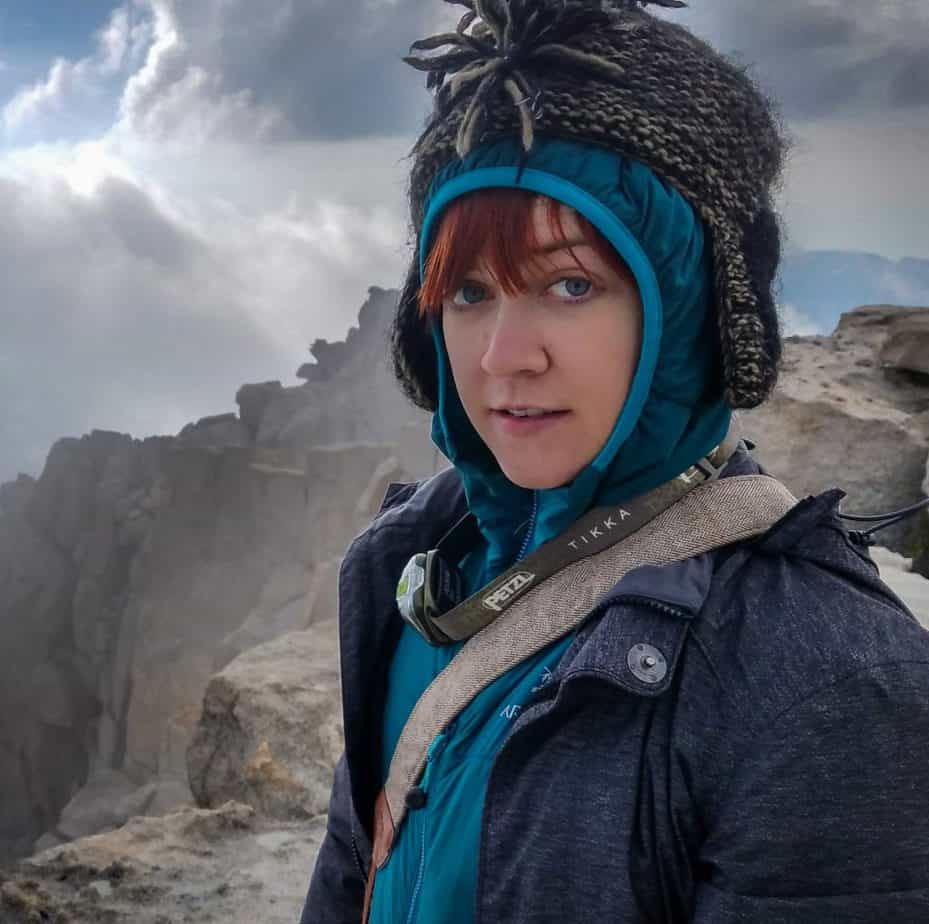
Emily Pennington is a writer, adventurer, solo traveler, and all-around lover of things that get people out of their comfort zones. Based in Los Angeles, she can often be found rock climbing or on high-elevation trails all over Sequoia, Yosemite, and the Eastern Sierra.
When she’s not out trekking, Pennington works as a freelance journalist. She’s been published in Backpacker Magazine and Mountain Life Magazine.
Her online blogs have been featured at Backpacker Online, Outdoor Project, Camping for Women, Women Who Explore, Hike It Off, Take Outdoors, and The Outbound, to name a few. Her official website can be found at: www.brazenbackpacker.com

